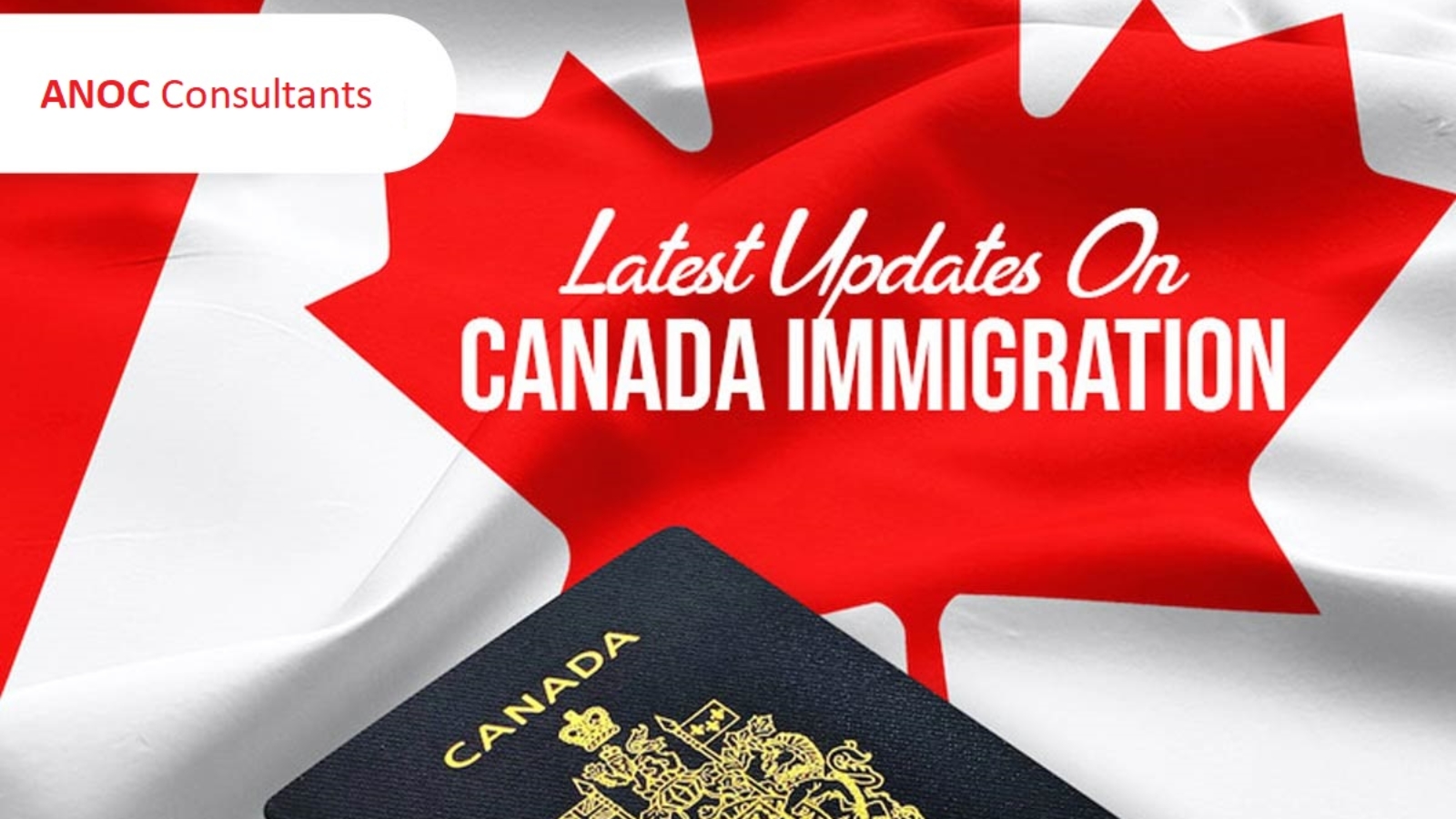New Canadian permanent residence application fees were announced at the end of April. These new fees are applying to the humanitarian classes, but also family and permit holders, as well as economic classes. The IRCC raised the permanent residence fees in 2020 with the idea that it will account for inflation, and that was the first increase since 2002. They said that starting with 2022, they will raise the fees every 2 years so they can adjust for inflation.
Generally, these fees will increase just a little bit, mostly from $5 to $10, up to $50 in some cases where fees were high, to begin with. For example, in the case of the Right of Permanent Residence Fee, the regular fee was $500, now it will be $515. For the Business (Federal and Quebec) fees, the principal applicant paid $1,575, now they are paying $1,625.
To check your eligibility for Canadian migration and schedule a consultation call with our immigration expert, click here.
Another increase comes for the Live-in Caregiver Program and Caregivers Pilots applicants, which paid $550, now they are paying $570. Even in the case of Permit Holders, you had a $325 fee, now that fee is $335. Even if not all fee increases are very significant, it does show a sign of things to come. Inflation is indeed appearing in our lives, and we do need to understand that these fee increases will be something normal every 2 years.
Aside from these fees, you might need to pay $500 from the permanent residence fee, which goes to $515. You do need to pay it in order to ensure that the permanent residency status gets activated. There are situations when the right of permanent residence fee does not apply, but this only covers specific situations. These are dependent children of the principal applicant, sponsorship applications for orphaned children or adopted children, and also protected children.
Another interesting thing is the fact that the fees for permanent resident travel documents, permanent resident cards, and also the fees for replacing immigration documents remain the same. Costs are covered by those persons that receive services, which is a thing that Canada has been doing for quite some time. They don’t want to add pressure on taxpayers for this, and it’s a fair system. The fact that those who need services end up paying more due to inflation is certainly understandable.
Canada is working hard on this with the idea of making sure that government programs have the right amount of financing. Canada also wants to stay competitive when compared to the fees that are charged by other countries which receive immigrants. For the most part, the fees in Canada are lower when compared to the US, UK, New Zealand, and Australia, and these are some of the most interesting options to take into consideration as much as you can.
As we mentioned earlier, this is not a one-time increase. Canada’s government already stated that every 2 years we will see a price increase, which they say will be applied to the Consumer Price Index, rounded as needed. What this means is that we will see a new round of increases sometime in 2024.
